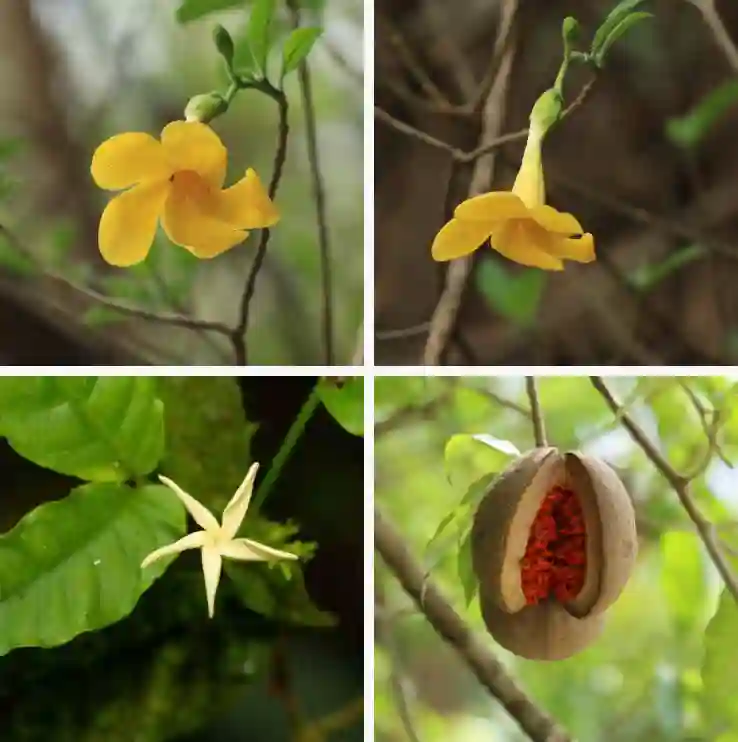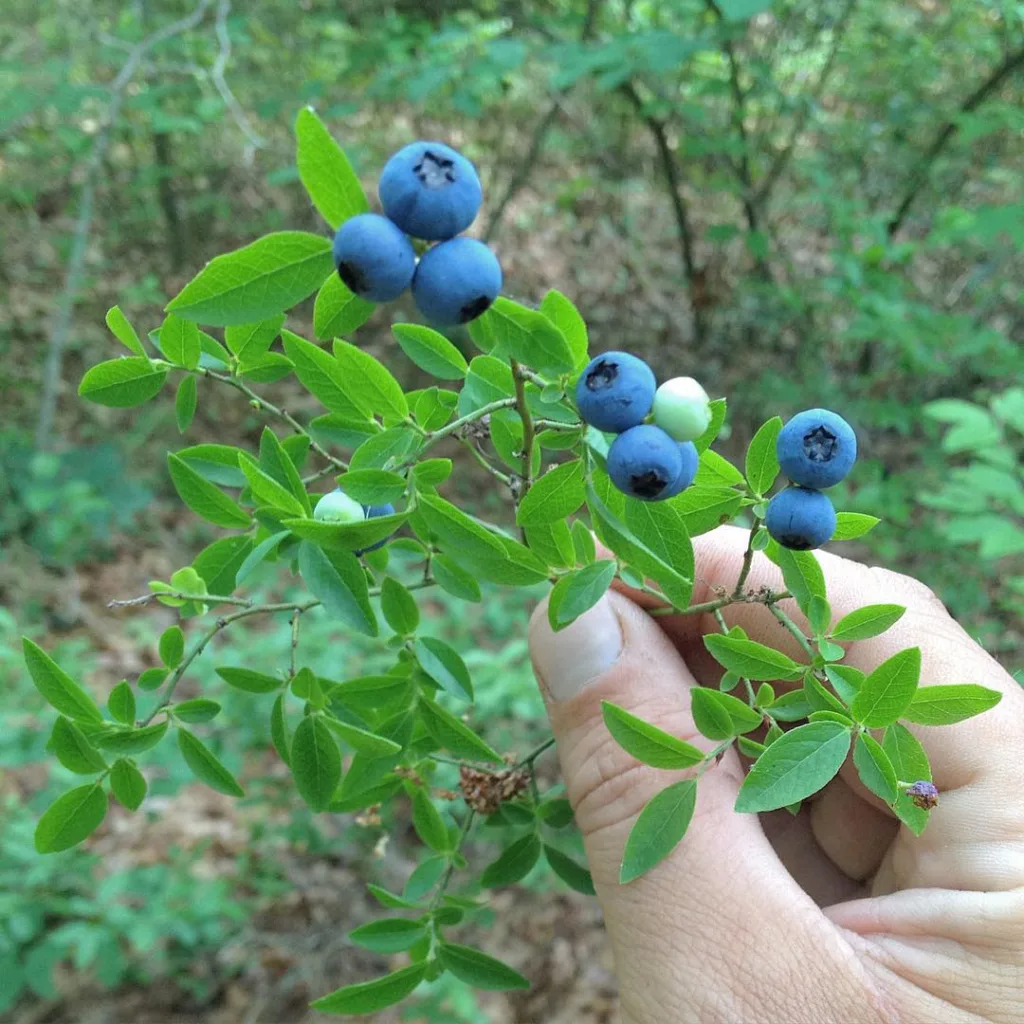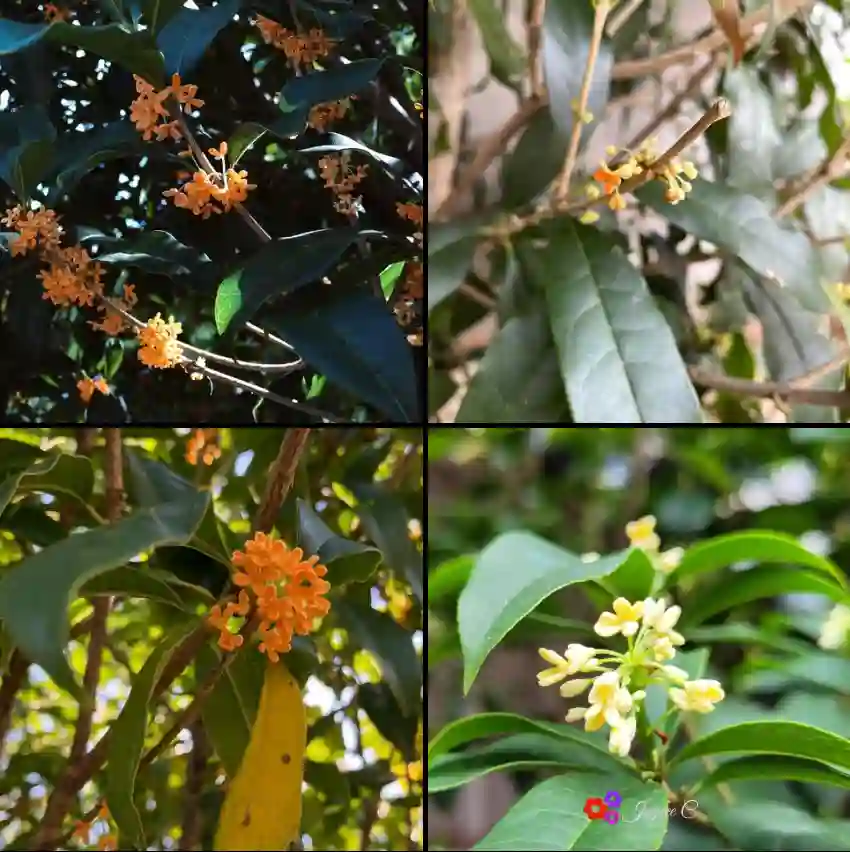Hamelia: A Gardener’s Delight
My name is Ferb Vu, and I’m an avid gardener with a particular fondness for the genus Hamelia. These vibrant shrubs, belonging to the coffee family (Rubiaceae), have captivated me with their fiery blooms and lush foliage. Native to the Americas, Hamelia species thrive in tropical and subtropical climates, adding a splash of color to gardens and landscapes.
Why I Admire Hamelia?
What draws me to Hamelia is its resilience and adaptability. These plants are tough, tolerating a range of conditions from full sun to partial shade. They’re not fussy about soil type either, as long as it’s well-drained. Once established, they require minimal care, making them a perfect choice for both novice and experienced gardeners.
But it’s the flowers that truly steal the show. These tubular blossoms, typically in shades of red, orange, and yellow, bloom profusely throughout the year, attracting a myriad of pollinators like hummingbirds and butterflies. The fruits that follow are small berries, enjoyed by birds and adding another layer of visual interest.
Species in Hamelia
The genus Hamelia encompasses a diverse group of species, each with its unique characteristics. Here are:
- Hamelia patens: Commonly known as firebush or scarlet bush, this is perhaps the most popular species. Its vibrant red flowers and adaptability make it a favorite in gardens across the tropics. Plant FAQs: Firebush – Hamelia Patens
- Hamelia axillaris: Also called Guayabo Negro, this species boasts deep red flowers and black fruits. It’s native to Central America and the Caribbean.
- Hamelia cuprea: This species is distinguished by its coppery-red flowers and is native to Cuba.
- Hamelia macrantha: This species features larger flowers compared to other Hamelia species and is native to Mexico.
- Hamelia papillosa: Found in Jamaica, this species is characterized by its unique papillose leaves.
- Hamelia barbata Standl.
- Hamelia calycosa Donn.Sm.
- Hamelia chrysantha Sw.
- Hamelia longipes Standl.
- Hamelia magnifolia Wernham
- Hamelia rostrata Bartl. ex DC.
- Hamelia rovirosae Wernham
- Hamelia sanguinea Elias
- Hamelia ventricosa Sw.
- Hamelia xerocarpa Kuntze
- Hamelia xorullensis Kunth
My Experience with Hamelia
In my own garden, I’ve cultivated several Hamelia patens shrubs. They’ve thrived with minimal intervention, rewarding me with a continuous display of scarlet blooms. I’ve noticed that they attract a variety of hummingbirds, adding a lively dynamic to my garden. The berries that follow the flowers are a favorite among the local birds, contributing to the biodiversity of my little ecosystem.
Hamelia in Landscaping
Beyond its ornamental value, Hamelia also offers practical benefits in landscaping. Its dense growth habit makes it an excellent choice for hedges and screens. It can also be used to stabilize slopes and prevent erosion. In larger landscapes, Hamelia can be incorporated into mixed borders or used as a focal point.
Conclusion
Hamelia is a genus that truly embodies the beauty and resilience of nature. Its vibrant flowers, adaptability, and ecological benefits make it a valuable addition to any garden. Whether you’re a seasoned gardener or just starting out, I highly recommend exploring the world of Hamelia. You won’t be disappointed.
If i die, water my plants!



